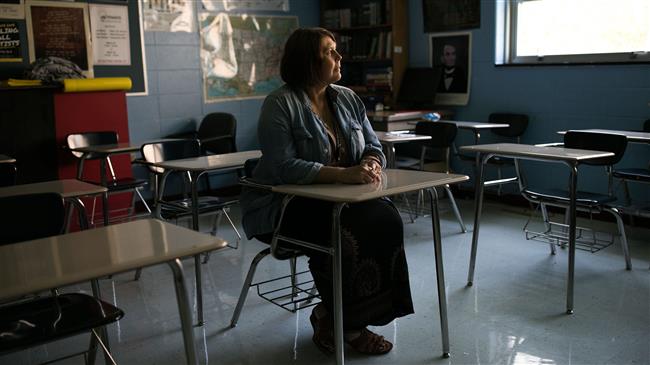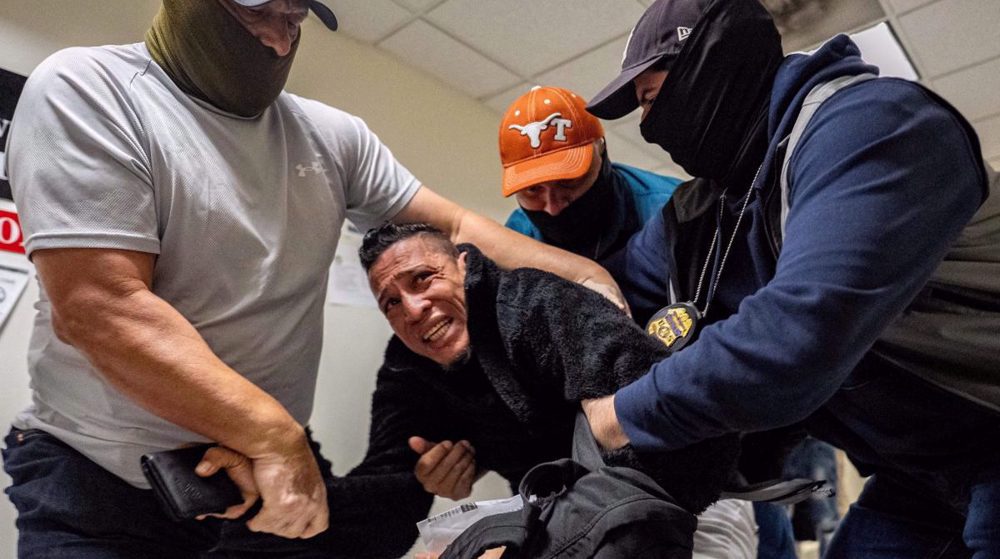Time story highlights financial hardships facing US teachers
The Time Magazine has published a controversial article that sheds light on the hardships of being a public school teacher in the US education system.
The article takes a look into the lives of three school teachers with years of experience who are working a number of different jobs to afford basics of living.
One teacher, Hope Brown, has a master’s degree and has worked as a teacher for 16 years. But today, she donates blood plasma twice a week for a measly $60 and a little more if she sells some of her clothes at a consignment store.
The money, she says, is only enough to cover the electricity bill or a car payment and that is why she has to work a second job manning metal detectors at a shop to put together her $55,000 annual salary.
Another teacher, who has two decades of experience at the job, says she cannot afford to “fix her car, see a doctor for headaches or save for my child’s future.”
The article warns that the pay gap between teachers and other comparably educated professionals in America is the largest on record.
According to data by left-leaning think tank the Economic Policy Institute (EPI), US public-school teachers earned 1.8-percent less per week than comparable workers on average in 1994 but the number reached 18.7-percent last year, an almost tenfold increase.
Today, America’s roughly 3.2 million full-time public-school teachers are experiencing some of the worst wage stagnation of any profession in the country’s history, earning less on average, accounting for inflation, than they did in 1990, according to data from the Department of Education (DOE).

The situation is worst in states like Oklahoma and Arizona, where teachers’ salaries have dropped by $8,000 and $5,000 in the last decade.
The decline in salaries is blamed on budget cuts but that is not the whole story.
The schools are also heavily short-funded as 29 states were still spending less per student in 2015, adjusted for inflation, than they did before the Great Recession, according to the Center on Budget and Policy Prioritie.
This means that many US schools are overcrowded while also reliant on outdated textbooks and threadbare supplies.
All of these issues have prompted major walkouts and marches on at least six state capitols by frustrated teachers this year.
Only 14% of Syrians support normalization with Israel: Poll
Venezuelan army recruits 5,600 new troops amid US military threats
Dozens of Israeli-backed gang members surrender to Hamas after Abu Shabab’s death
VIDEO | Press TV's news headlines
VIDEO | Eurovision boycott movement over Israel support gains momentum
VIDEO | Cubans rally in Havana to decry US policy on Venezuela
VIDEO | Tunisian million-signature campaign against normalization with Israel
‘Eurovicious no more’: UN Rapporteur welcomes European Eurovision boycott










 This makes it easy to access the Press TV website
This makes it easy to access the Press TV website